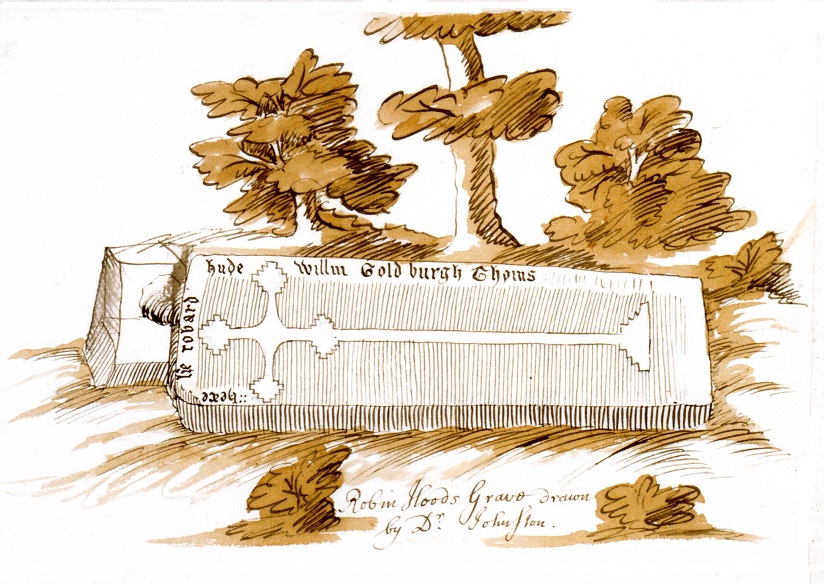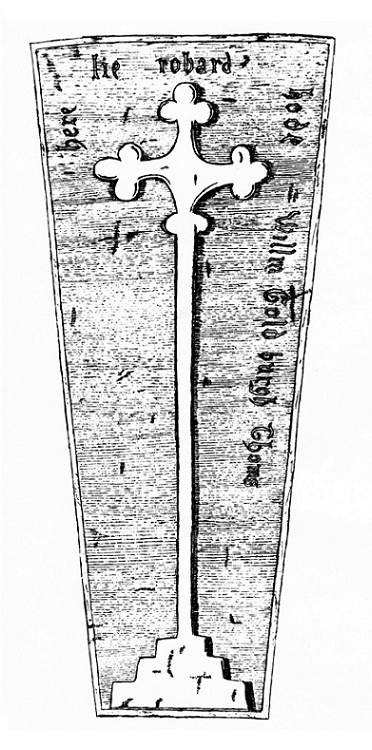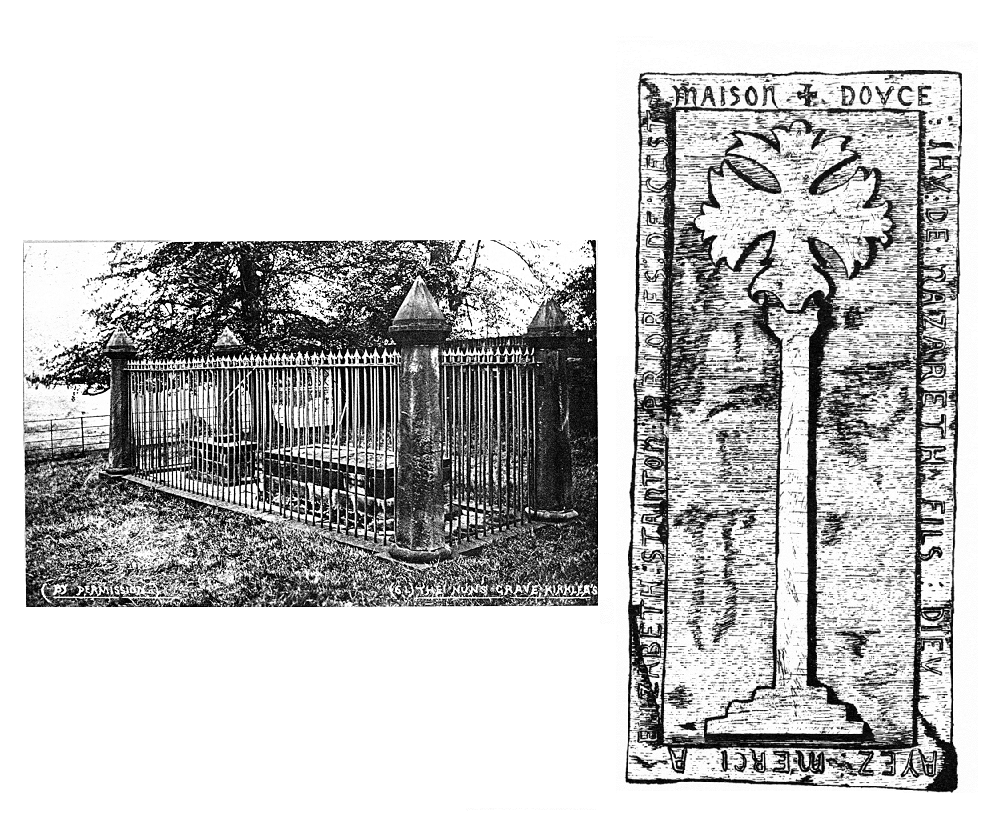Updates
1. There is a recent discovery of a Robin Hood quotation. It is item no. 1(m) in Cambridge University Library MS Ii.6.26. The first sentence is located on the bottom of folio 66r, while the second one is on folio 66v. The title of the item is ‘A dialogue as hit were of a wyse man and of a fole,’ apparently by a Lollard writer of a piece in a set of anonymous tracts in defence of Biblical translations in English. The MS is early 15th century, but the text was likely composed in the 1390s, which could make it one of the earliest references to Robin Hood as a literary character and romance hero.
And telle me a mery tale of Giy of Wariwyk, Beufiz of Hamton, eiper of Sire Lebewz, Robynhod, eiper of summe welfarynge man. (fol. 66v)
For pei weren wel iloved of cheters, wrestlers, bokeler pleieris, of daunceris and syngeris and pei weren wel-welled to have hem to pe ale. (fol 67v)
This was first brought to our attention by Robert Lynley, who discovered it in London Literature, 1300-1380, p. 151, Ralph Hanna, (Cambridge University Press, 2005). This has been verified by Thomas Ohlgren through his inquiries at Cambridge University Library.
Guy of Warwick: The story of Guy of Warwick appears in the 13th-century Anglo-Norman poem Gui de Warewic, and then in Middle English in both 14th and 15th-century versions. Guy appears in the Auchinleck Manuscript, a collection of Middle English texts produced in London around 1330. ‘The History of Guy of Warwick’ was printed by Richard Pynson in 1500. The story of Guy enjoyed enormous popularity after the Middle Ages, appearing frequently in ballad and chapbook versions.
Bevis of Hampton: This legendary English hero is the subject of Anglo-Norman, French, English, Venetian and other medieval metrical romances that bear his name. The oldest extant version appears to be Boeve de Haumtone, an Anglo-Norman text which dates from the first half of the 13th century. Three French chansons de geste of Beuve d’Hanstone, were apparently also written in the 13th century. The English metrical romance, Sir Beues of Hamtoun, is founded on French versions, the oldest manuscript dates from the beginning of the 14th century.
2. The drawing of Robin Hood’s grave, which is among William Stukeley’s archives at the Bodleian Library. See, Robin Hood’s Grave 7
3. Gravestone of Robin Hood at Kirklees Priory. Drawn and enlarged by Ethel W. Walker, from Sepulchral Monuments in Great Britain, and Dr. Nathaniel Johnston’s drawing in 1665 (J. W. Walker, ‘Robin Hood Identified’, The Yorkshire Archaeological Journal, Part 141, 1944, to the left of page 41). This is a reproduction of Richard Gough’s engraving with the addition of the inscription from the drawing by Johnston. See, Robin Hood’s Grave 7 .
4. The grave of Elizabeth de Stainton, prioress of Kirklees, c.1900 (courtesy of the Huddersfield Library), and her gravestone, drawn and enlarged by Ethel W. Walker, from Camden’s Britannia, 1789, Plate II (J. W. Walker, ‘Robin Hood Identified’, The Yorkshire Archaeological Journal, Part 141, 1944, to the right of page 44). On page 41 Walker writes: In Camden’s Britannia, 1607, it is stated that “at Kirklees nunnery Robin Hood’s tomb with a plain cross on a flat stone is shewn in the cemetery. In the ground at a little distance lie two grave-stones, one of which has an inscription for Elizabeth de Staynton, prioress there.” See, Robin Hood’s Grave 6.


